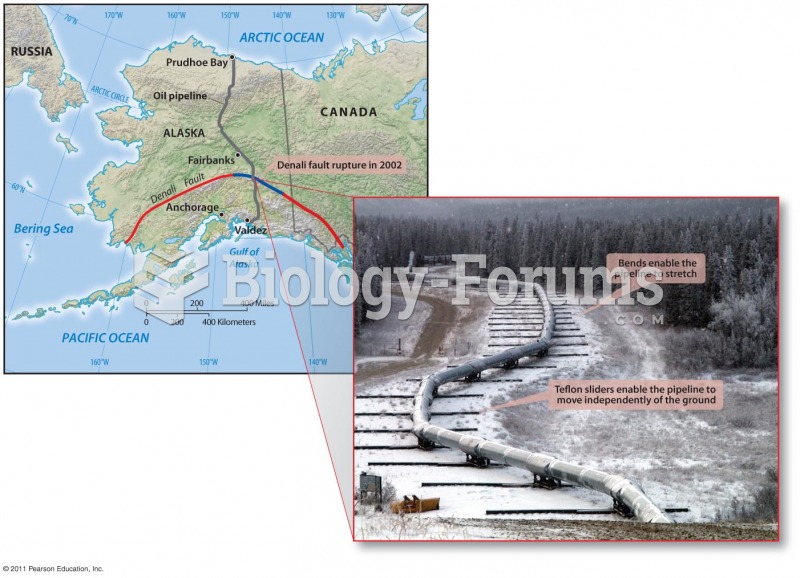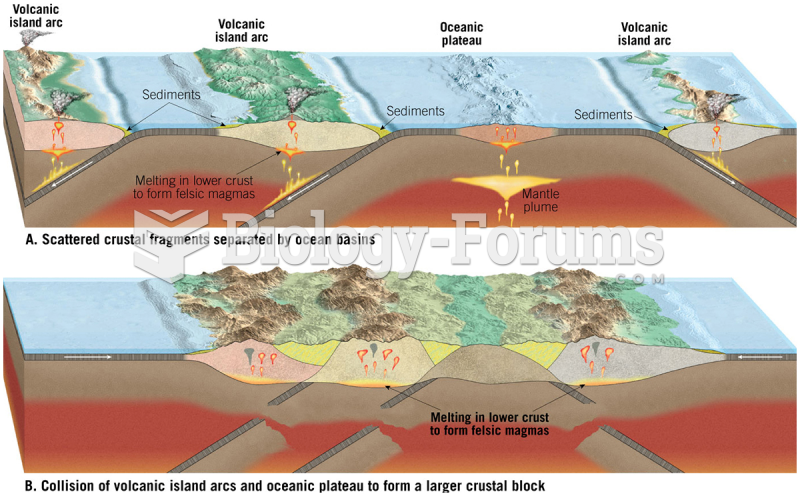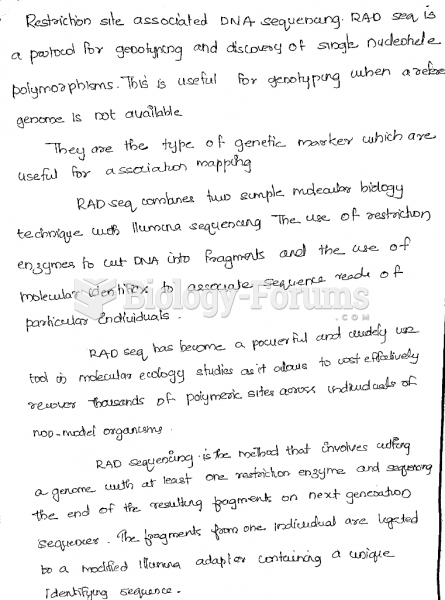Answer to Question 1ANS:Answer
should include:
Continental margins are the outer edges of the continents. These are heavily influenced
by plate tectonics.
There are three divisions of continental margins. The continental shelf is the shallow,
relatively flat section that is close to shore. The continental slope is the more steep
section of the margin that goes seaward. The last division is the continental rise which
blends the continental margin into the deep-ocean basins.
Active margins are associated with converging plate boundaries. There is high
earthquake and volcanic activity at these margins. This type of margin generally has a
narrow shelf with varying topography. These are often called Pacific-type margins due
to their common occurrence in the Pacific.
Passive margins occur at diverging plate boundaries. There is a broad shelf with a gentle
slope. They are also called Atlantic-type margins. There is very little earthquake and
volcanic activity at these locations.
Answer to Question 2ANS:Answer
should include:
In 85 BCE, Posidonius began to study bathymetry in the Mediterranean Sea. He used
two kilometers of rope with a stone at the end of it. The rope was hand lowered over the
side of the ship until it hit the bottom.
The HMS Challenger used a similar method of lowering a rope, but then used a steam
powered winch to move the line.
The sinking of the Titanic in 1912 led to the invention of the Iceberg Detector and Echo
Depth Sounder. This device was adapted for Naval use by the United States in 1922. It
was then used on the German research vessel Meteor a few years later.
Single beam echo sounders improved and multiple beams were attached to the hulls of
ships resulting in a multibeam echo sounder. The multibeam sounder produced more
detailed images because it generated additional beams of sound.
Satellites have increased the amount of information available about the seafloors.
Satellites are efficient and accurate. They measure the surface height of the ocean which
varies with different bathymetric features







